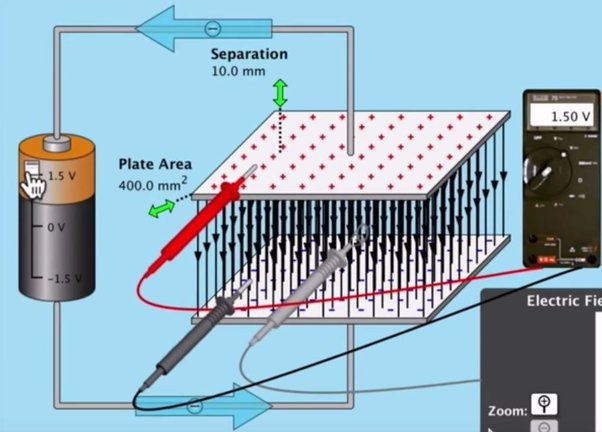
The unassuming capacitor plays an enormous role in shaping the modern world of electronics. These small components serve a simple but important function: storing energy in an electric field for use when needed to power our devices. Capacitors are found in nearly every electronic circuit and enable many technologies we have come to depend on, yet they often go unnoticed. Though capacitors operate based on a straightforward concept, they pack a mighty punch and deserve recognition as heroes of electronics.
How Capacitors Work: Storing Charge
A capacitor consists of two conductive plates separated by an insulator called a dielectric. As a power source applies voltage across the plates, electrons accumulate on one plate and deplete from the other, creating an electric field between the two plates. This field stores energy in the form of charge that remains even after the power source is disconnected. Capacitors can accumulate and retain charge based on their capacitance value, measured in farads, which depends on the plate area, dielectric material, and voltage rating.
The higher the capacitance, the more energy a capacitor can store for its size. As American physicist Richard Feynman said, “There’s nothing that can store charge like a capacitor. It’s perfect for accumulating charge.” Capacitors retain the memory of the last charge they held, ready to release energy again and again whenever it’s required.
Uses and Applications: Power When You Need It
Capacitors have many important uses that exploit their ability to store and discharge energy quickly. They are found in camera flashes to provide bright bursts of light, motor starter circuits to supply high currents for a short time, and medical devices like defibrillators to deliver high-voltage shocks. Capacitors also smooth and filter power in electronic circuits by leveling out alternating currents.
Radios and antennas rely on capacitors to tune frequency responses using resonant circuits. Nearly all integrated circuits use capacitors to stabilize and bypass noise in DC power supplies. Capacitors enable countless technologies we now can’t live without. As Elon Musk said, “Capacitors are the unsung heroes of electronic circuits. Most major systems would not be possible without them.”
A Component at Work: Inside Your Smartphone
Your smartphone is a prime example of how capacitors have integrated into technology we now depend on. Capacitors are found throughout the power management systems to efficiently store and deliver the right amounts of energy to different components as needed. The liquid crystal display (LCD) relies on capacitors to hold and release charges that change the crystal orientations. Capacitors tune the radio frequency circuits to receive calls and data. The touchscreen works by measuring changes in capacitance as your finger taps or swipes the surface.
In the camera, capacitors discharge to flash the LED and take photos in dim lighting. Capacitors are at work behind the scenes in every function of your phone, enabling it to operate for long periods on battery power. Without capacitors, smartphones and many other electronics would not be possible in their current forms.
Though often overlooked, the humble capacitor deserves a place among the most important electronic components ever developed. Capacitors were first used in the late 1700s but became essential technology over the 20th century. Found in devices from the earliest radios and vacuum tubes to today’s smartphones, capacitors have spent over a century putting energy storage and control firmly in the palm of our hands. They are the unsung heroes behind the screens, enabling modern life as we know it—and for that, they deserve our gratitude and respect.














